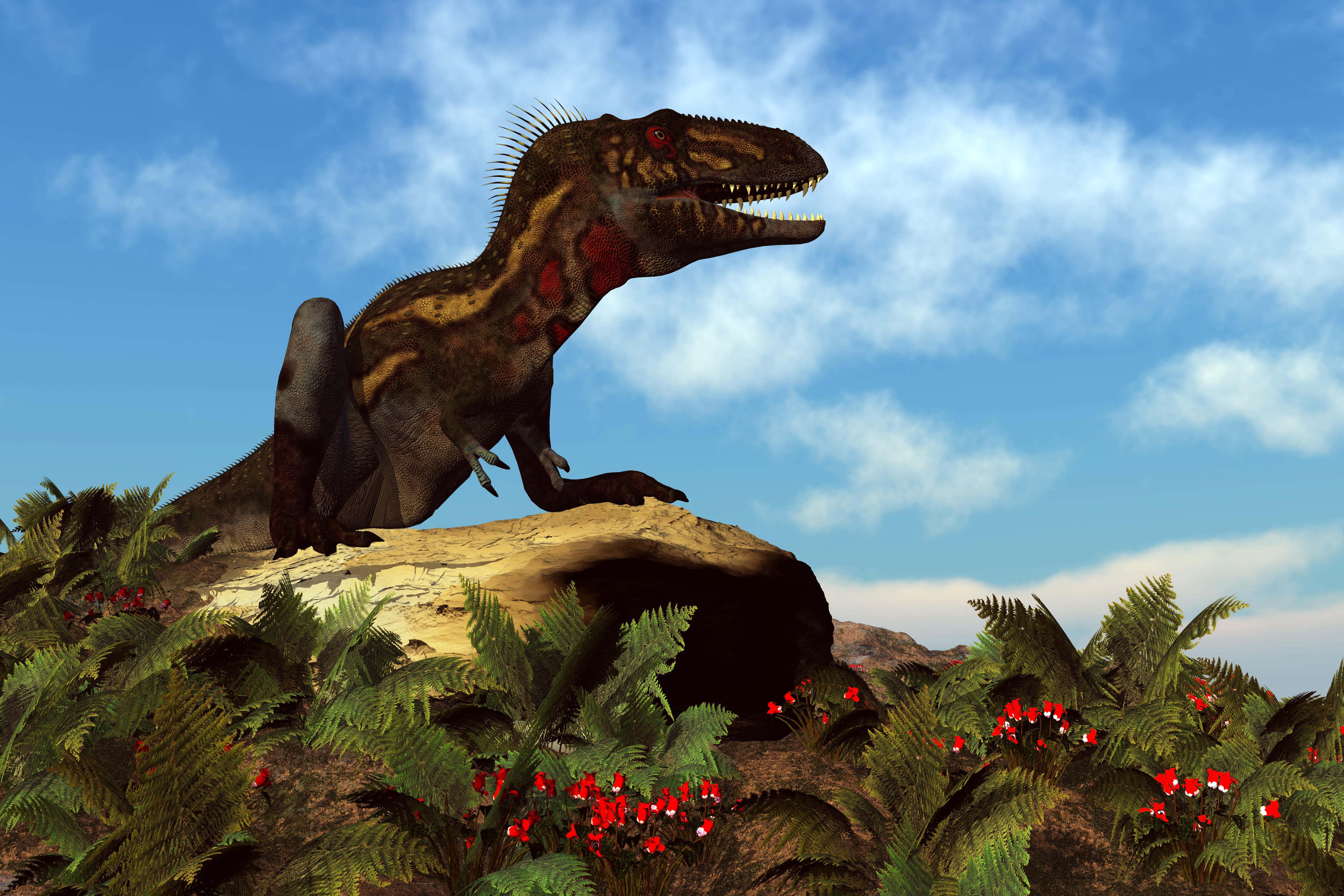‘Teenage T. rex’ fossils ‘are a different dinosaur species’
Analysis suggests Nanotyrannus was a smaller but longer-armed distant relative of T. rex.

Fossils thought to belong to teenage Tyrannosaurus rexes are adults of another predatory but more nimble dinosaur species, scientists have said.
A new analysis of the specimens suggests the animals who roamed the Earth 66 million years ago were not fast-growing juveniles but nearly full size, according to a report published in the journal Fossil Studies.
These fossils have been the subject of heated debate for decades after the first full skull was unearthed in Montana, USA, in 1942.
Some have argued the specimens belong to a species known as Nanotyrannus lancensis – a smaller and sleeker relative of the T. rex – while others have said these are not diminutive tyrannosaur adults but young T. rexes.
Dr Nick Longrich, from the Milner Centre for Evolution at the University of Bath, said he was “pretty blown away” when he saw the results of their research, which was based on an analysis of the growth rings in the bones and modelling of the growth of the animals.
He said: “I didn’t expect it to be quite so conclusive.
“If they were young T. rex they should be growing like crazy, putting on hundreds of kilograms a year, but we’re not seeing that.
“We tried modelling the data in a lot of different ways and we kept getting low growth rates.
“This is looking like the end for the hypothesis that these animals are young T. rex.”
The researchers said their modelling showed these dinosaurs would have grown to a maximum size of around 900 to 1,500 kilograms and five metres, about 15% of the size of an adult T. rex, which would have weighed around 8,000 kilograms and measured close to nine metres in length.
The team also said the growth patterns in the fossils do not indicate that these belonged to young T. rexes.
Dr Longrich said: “In the same way that kittens look like cats and puppies look like dogs, the juveniles of different tyrannosaurs are distinctive.
“And Nanotyrannus just doesn’t look anything like a T. rex.”
The researchers said they also compared these fossils to another specimen that was recently identified as a juvenile T. rex.
Dr Longrich said this specimen has “very distinctive” features that are not seen in seen in Nanotyrannus.
If they were young T. rex they should be growing like crazy, putting on hundreds of kilograms a year, but we're not seeing that
According to the team, the findings suggest evidence that Nanotyrannus was more lightly-built and long-limbed than the thick-set T. rex and had larger arms.
Dr Longrich said: “The arms are actually longer than those of T. rex.
“Even the biggest T. rex, has shorter arms and smaller claws than in these little Nanotyrannus.
“This was an animal where the arms were actually pretty formidable weapons.
“It’s really just a completely different animal – small, fast, agile.
“T. rex relied on size and strength, but this animal relied on speed.”
A comparison with the T. rex suggests that the smaller Nanotyrannus is only a distant relative, researchers say.
He added: “Nanotyrannus is highly controversial in paleontology.
“Not long ago, it seemed like we’d finally settled this problem, and it was a young T. rex.
“I was very sceptical about Nanotyrannus myself until about six years ago when I took a close look at the fossils and was surprised to realise we’d gotten it wrong all these years.”